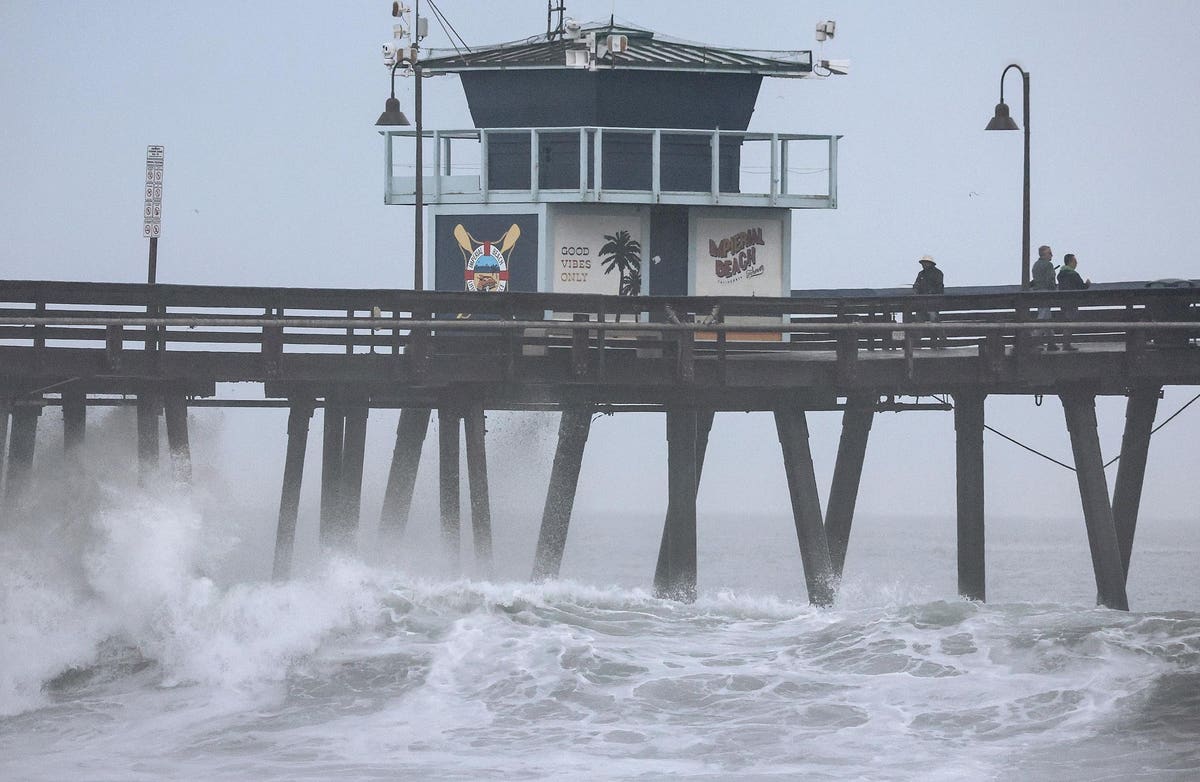When anticipating the impact of a crisis, preparation is key. That’s especially true when you know that a potentially devastating and deadly crisis—such as a hurricane or tropical storm — is about to strike.
With Tropical Storm Hilary making its way toward the West Coast, FEMA and officials in California took steps to prepare for the worst.
Business leaders would do well to pay attention to how federal, state, and local agencies have geared up for this impending crisis—and the lessons they can apply when preparing for a corporate crisis.
Issue Warnings
Nancy Ward, director of the California Governor’s Office of Emergency Services, warned it “could be one of the most devastating storms that we’ve had hit California in more than a decade.”
‘Some parts of Southern California could receive a year’s worth of rain from this storm,” the California Governor’s Office of Emergency Services said on its website.
“We’re working closely with the National Hurricane Center, National Weather Service and county emergency officials in the areas of the state that are in the path of the storm.
“The State Operations Center is actively coordinating across state agencies to provide resources in preparation for potential impacts and to support response and recovery efforts,” according to the state emergency agency.
Embed Teams
The hurricane is “going to produce some really significant impacts to Southern California, FEMA Administrator Deanne Criswell said on CBS’s Face The Nation this morning.
“We have a team that is embedded in California in the state [emergency operations center). And we also have several staff, one of our offices is there in California. So we had a lot of staff already on the ground. We are moving in some additional resources to make sure that we can support anything that California might need,” she noted.
Put Resources On Standby
Criswell noted that “But they’re a very capable state as well and they have a lot of resources. And so if it does exceed what their capability is, we’re going to have search- additional search and rescue teams, commodities on hand to be able to go in and support anything that they might ask for.”
Coordinate
“We are coordinating closely with California and other states in the path of the storm and stand ready to provide support as needed, a FEMA spokesperson said in a statement Saturday night.
Private Sector
California state government said that they continue “to coordinate with major retailers, including Target, Wal-Mart, Lowe’s, CVS Health and others, as well as grocers to ensure essential supplies are available, and emergency contingency plans are activated.
Governor Newsom’s office said the state is also coordinating with major fuel suppliers, utility providers and telecommunications companies to determine any support needs to maintain essential services.
Prepare For Impact
Resources, Equipment, And Expertise
California has thousands of people on the ground working hand-in-hand with federal and local personnel to support communities in Hurricane Hilary’s path with resources, equipment and expertise,” California Governor Gavin Newsom said in a statement.
“We’re mobilizing all of government as we prepare and respond to this unprecedented storm.”
Protect Beaches
California State Parks Superintendent Kevin Pearsall said sandbags have been put out to protect areas of vulnerable coast, with heavy machinery moving sand to create berms, The Orange County Register reported.
“Every state beach that may have higher-than-expected surf is prepared with sandbags throughout,” Pearsall said.
Provide Advice
“Those living in the path of Hurricane Hilary should take steps now to prepare for the impacts of this storm, which is expected to bring heavy rainfall and flooding,” the spokesperson said.
FEMA issued a press release yesterday with advice for residents on how residents in Southern California should prepare for the unusual hurricane.
Know Evacuation Routes
“Residents and visitors in potentially affected areas should learn their evacuation routes, have a family emergency communications plan, ensure they are receiving emergency alerts and check on your neighbors, especially those who are older adults or may need additional assistance,” according to FEMA’s statement.
Maintain Roadway Safety
Approximately 2,000 Caltrans maintenance personnel in the region are on 12-hour shifts, 24 hours a day. Caltrans Southern California districts are opening emergency operations centers and are coordinating with city and county emergency operations centers as needed., according to Newsom’s office.
Additionally, the California Highway Patrol has staffed more than 3,900 officers and other personnel in the region and has prepositioned equipment, activated limited emergency operations centers and has Special Response Teams on alert.
Guard Against Flooding
To help guard against flooding, officials in Palm Springs prepared and distributed more than 60,000 sandbags and distributed 300 tons of dirt.
“I was out with residents yesterday helping fill sandbags, to just make sure that people are prepared to prevent any flooding into their homes,” Palm Springs Mayor Grace Garner said in an interview on Face The Nation.
“We have public safety personnel that were clearing storm drains and making sure that any areas in our city that needed support had it,” she noted.
Prevent Power Outages
Garner observed that ‘our utility providers [are] working really hard to prevent any outages. And if there are any downed lines or any outages that residents experience, they should contact our Southern California Edison as quickly as possible.”
Read the full article here





